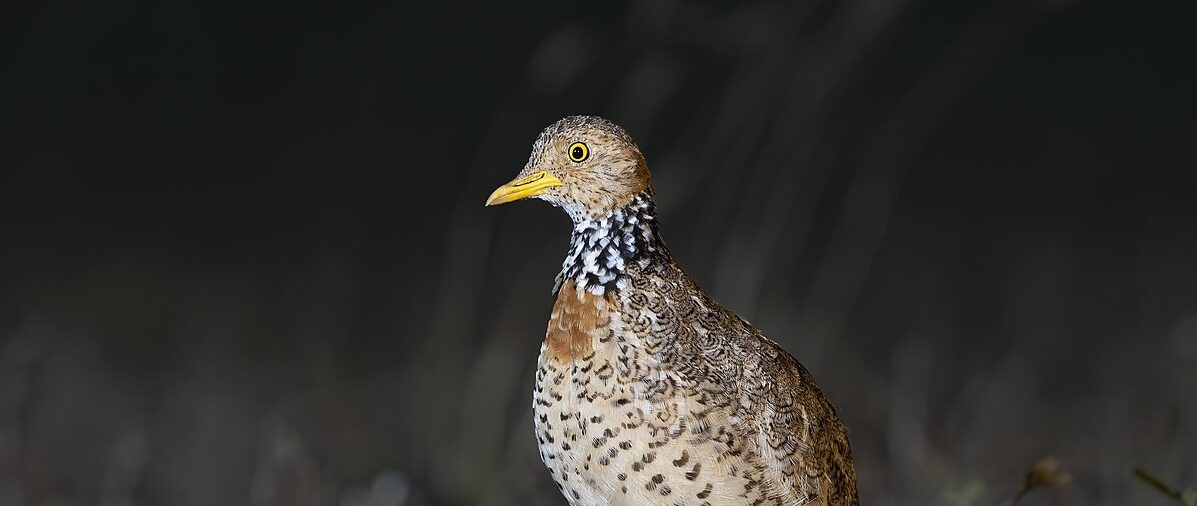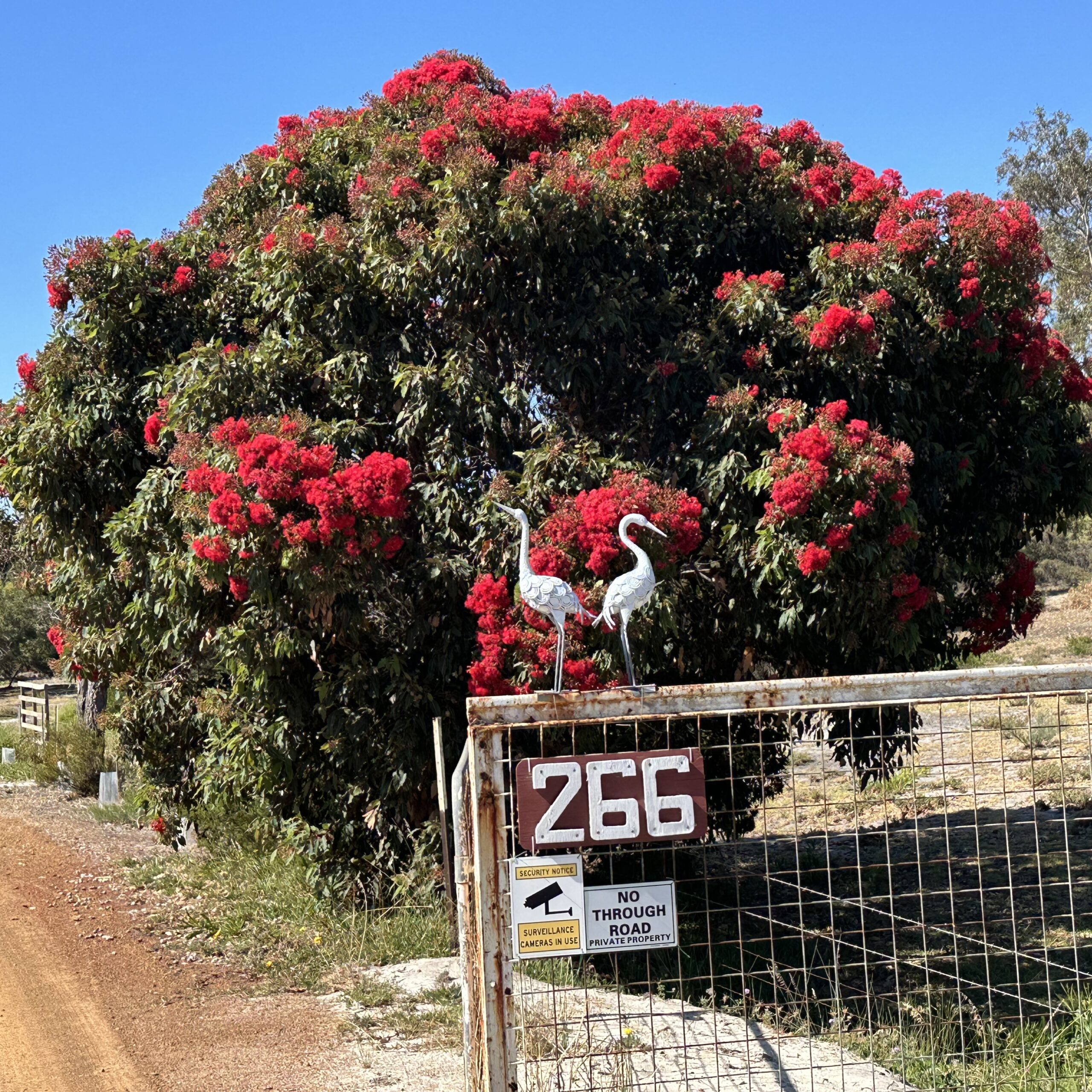The ‘Goldilocks bird’ Plains-wandererPhoto credits: JJ Harrison/Wikipedia The plains-wanderer (Pedionomus torquatus) is a unique and enigmatic native Australian bird. As the only species of the ‘Pedionomidae’ family, despite its quail-like appearance, these birds are believed to be more closely related to a group of South American shorebirds. Standing 15–19cm tall,...
This week, distressing footage of pigs being gassed with carbon dioxide before slaughter aired on ABC’s 7.30 program across Australia. Pigs were seen thrashing, screaming and desperately gasping for air as they painfully submitted to effects of the carbon dioxide exposure.
Around 85% of the 5 million pigs processed in Australia every year are ‘stunned’ with carbon dioxide, a practice the industry can no longer claim to be best practice, humane and painless. Expert evidence, previous investigations and this recent vision show that is not the case. Earlier this year the New York Times published similar footage of pigs as they were gassed with CO2 in a Californian slaughterhouse owned Smithfield Foods, the world’s largest pork producer. Again, pigs were seen thrashing about desperately gasping for air in this supposedly humane system.
Humane Society International (HSI) Australia’s Animal Welfare Campaigner, Georgie Dolphin said: “Noone watching this vision can claim that the gassing by carbon dioxide was a humane way to die. The pigs’ welfare was obscenely compromised.
“It is now up to industry to urgently address this cruelty through research to fast-track the introduction of a humane method of pre-slaughter stunning for pigs. An alternative needs to be made commercially available without delay.
“HSI also calls for the immediate installation of independently monitored CCTV in all Australian abattoirs to provide full transparency to consumers. It should not be left to brave activists to risk everything to reveal the reality of what occurs in the nation’s abattoirs.
“The footage is confronting but HSI would encourage Australians to watch it and share it because it is Australian consumers and their purchasing decisions that have the greatest power to bring about change,” concluded Ms Dolphin.
Image: Farm Transparency Project


